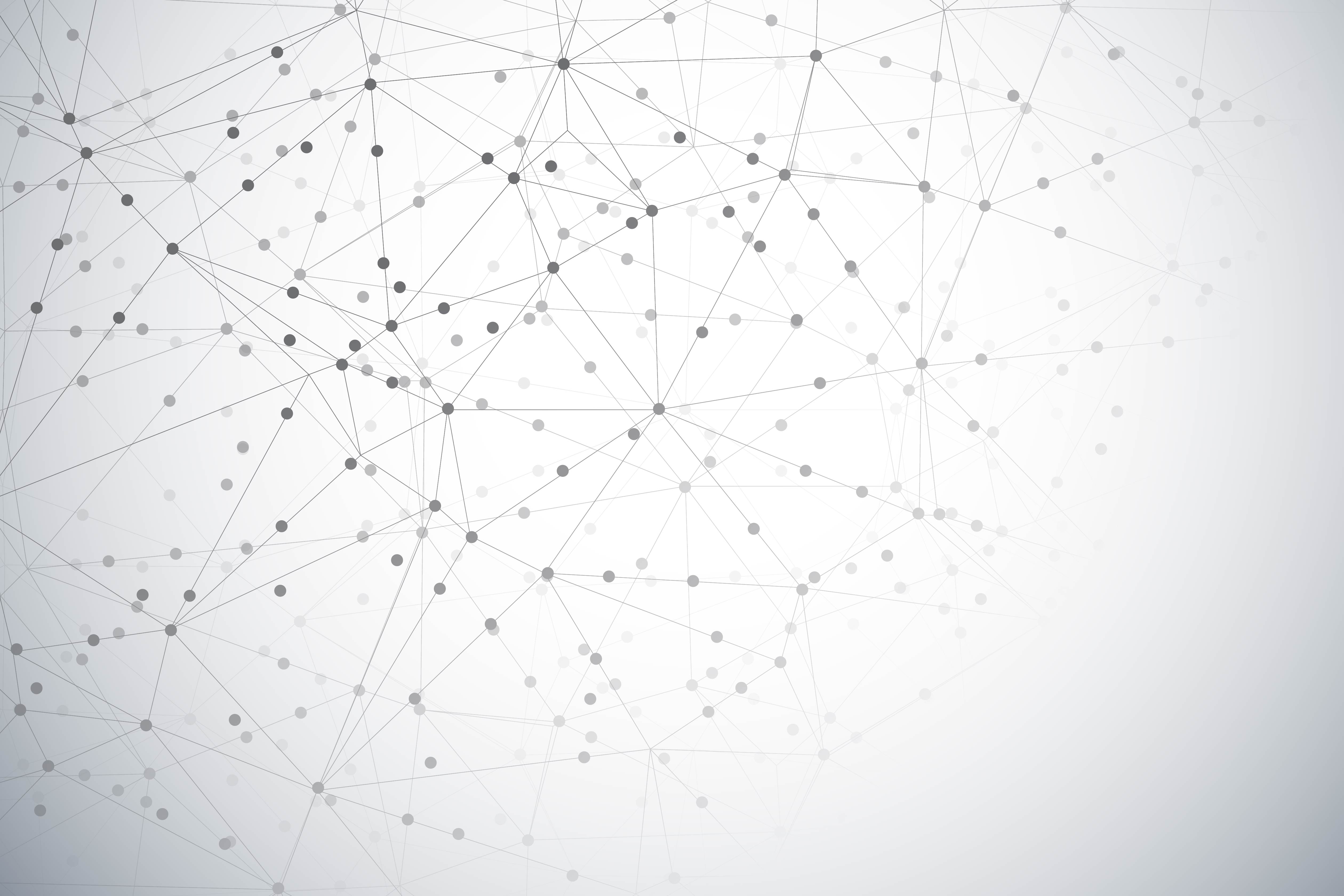
Welcome to AutoNetCan
An Automated Web Server to Construct Biomolecular Networks for Translational Cancer Systems Biology
Integrations








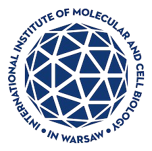

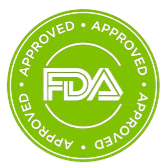


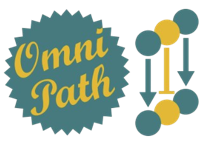
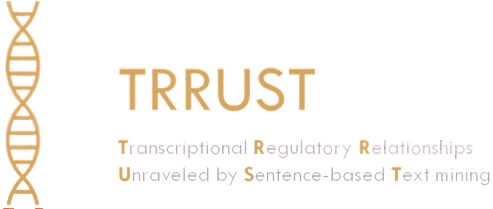
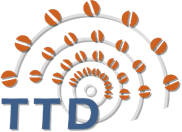
AutoNetCan Pipeline
1Acquisition of Nodes
A robust cancer model starts with acquiring nodes from diverse, high-value sources. We integrate Genomic Data Commons (GDC) datasets, frequently mutated nodes, cancer signature genes, and therapeutic targets to ensure biological relevance and translational potential. By aggregating data from these authoritative sources, we build a comprehensive, data-driven foundation for precision oncology.

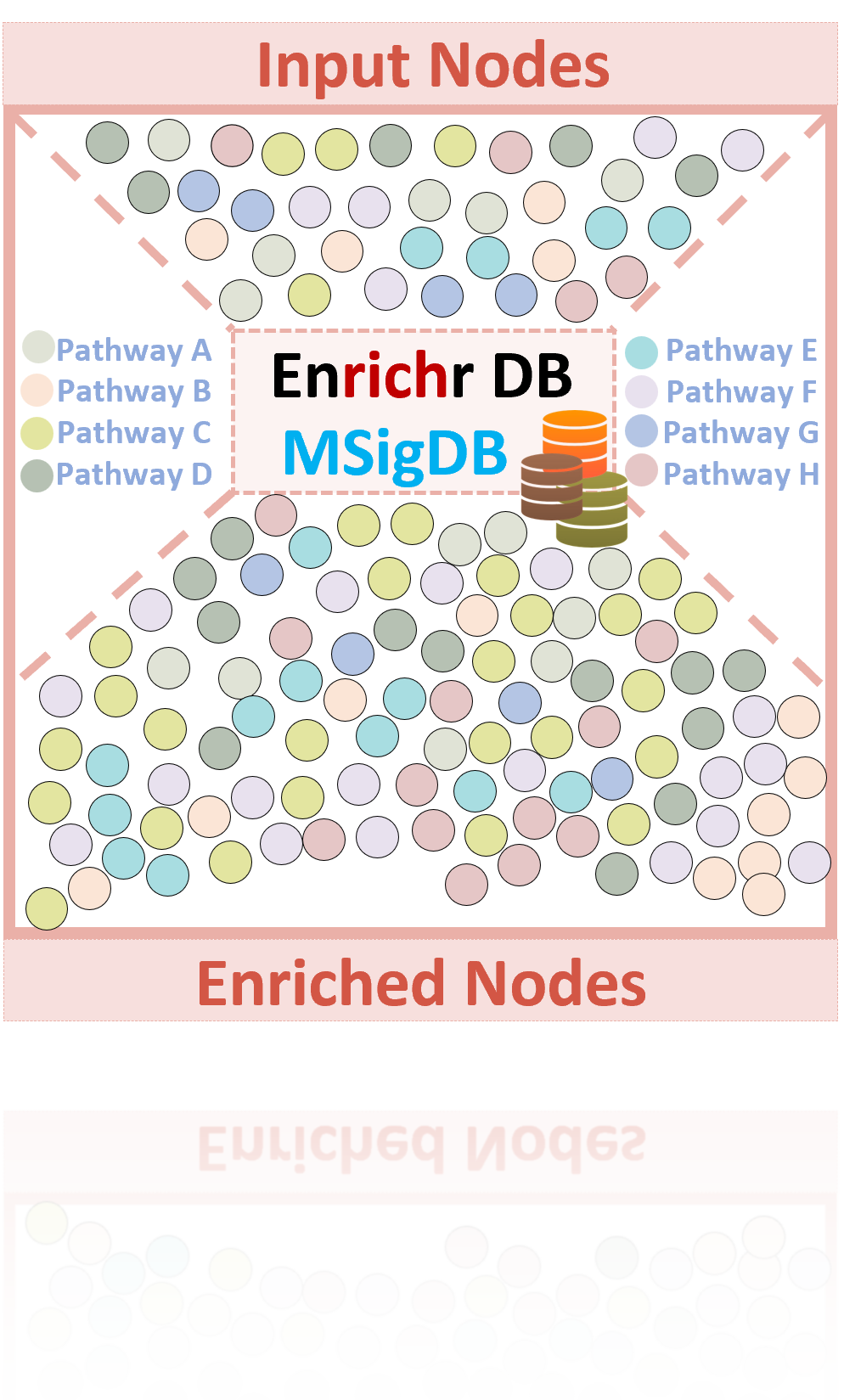
2Node Enrichment
We enhance node relevance by leveraging Enrichr, MSigDB, and curated pathway databases to analyze molecular functions, cellular components, and biological processes. This enrichment refines our network, uncovering key interactions and pathways essential for understanding cancer biology and therapeutic targeting.
3Connecting Maps & Interactome
We integrate the enriched node set into a comprehensive interactome using in-built databases such as INDRA, TRRUST, SIGNOR, and Omnipath. These resources provide activation and inhibition relationships, enabling the construction of a biologically informed network that maps key molecular interactions, regulatory mechanisms, and signaling pathways essential for cancer research.
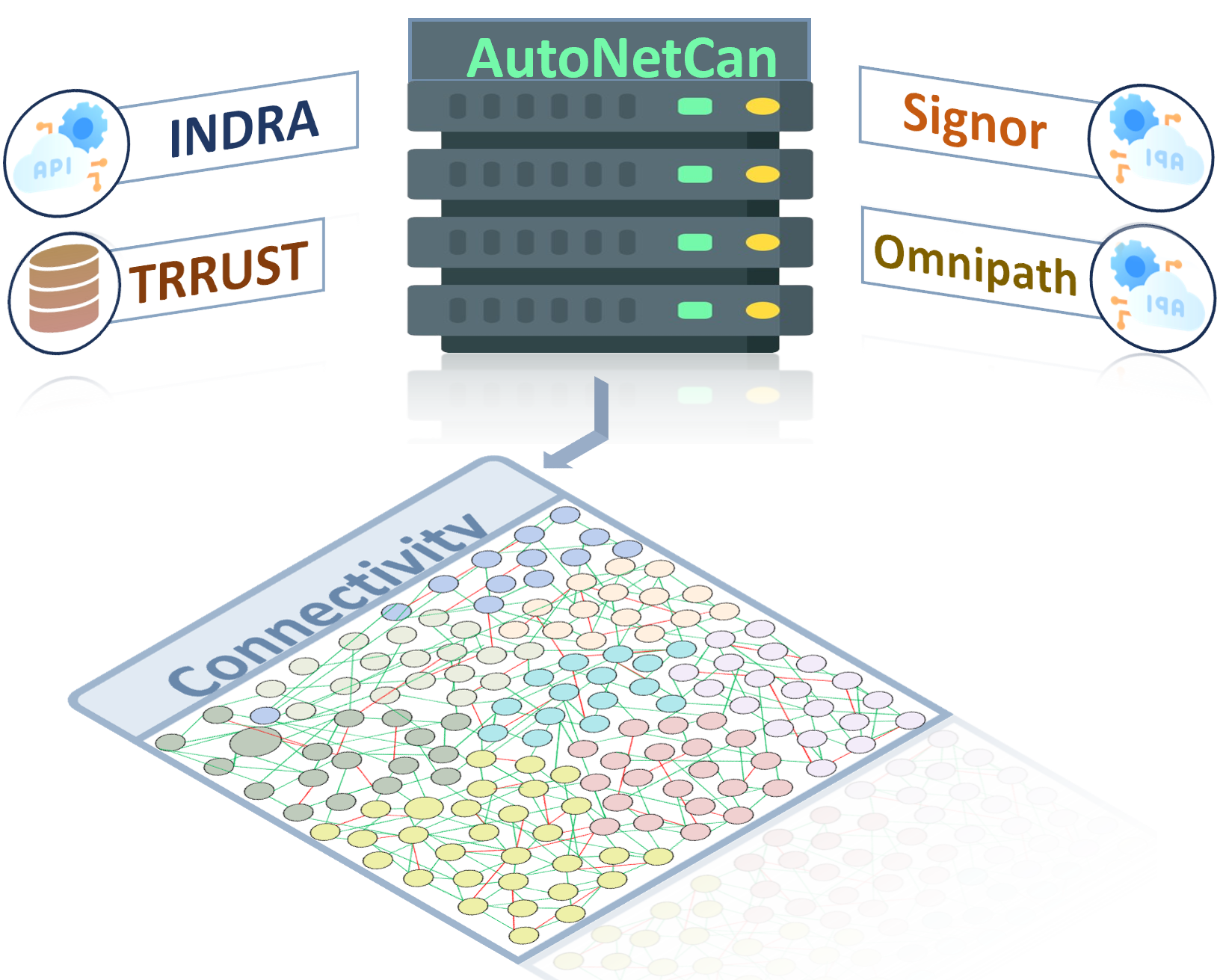

4Logical Modeling
Using RNA sequencing data and interactome maps, we annotate network nodes to construct optimal Boolean network models. These models enable simulation and analysis, supporting downstream applications in cancer research and therapeutic discovery.
5 In-Silico Cancer Models
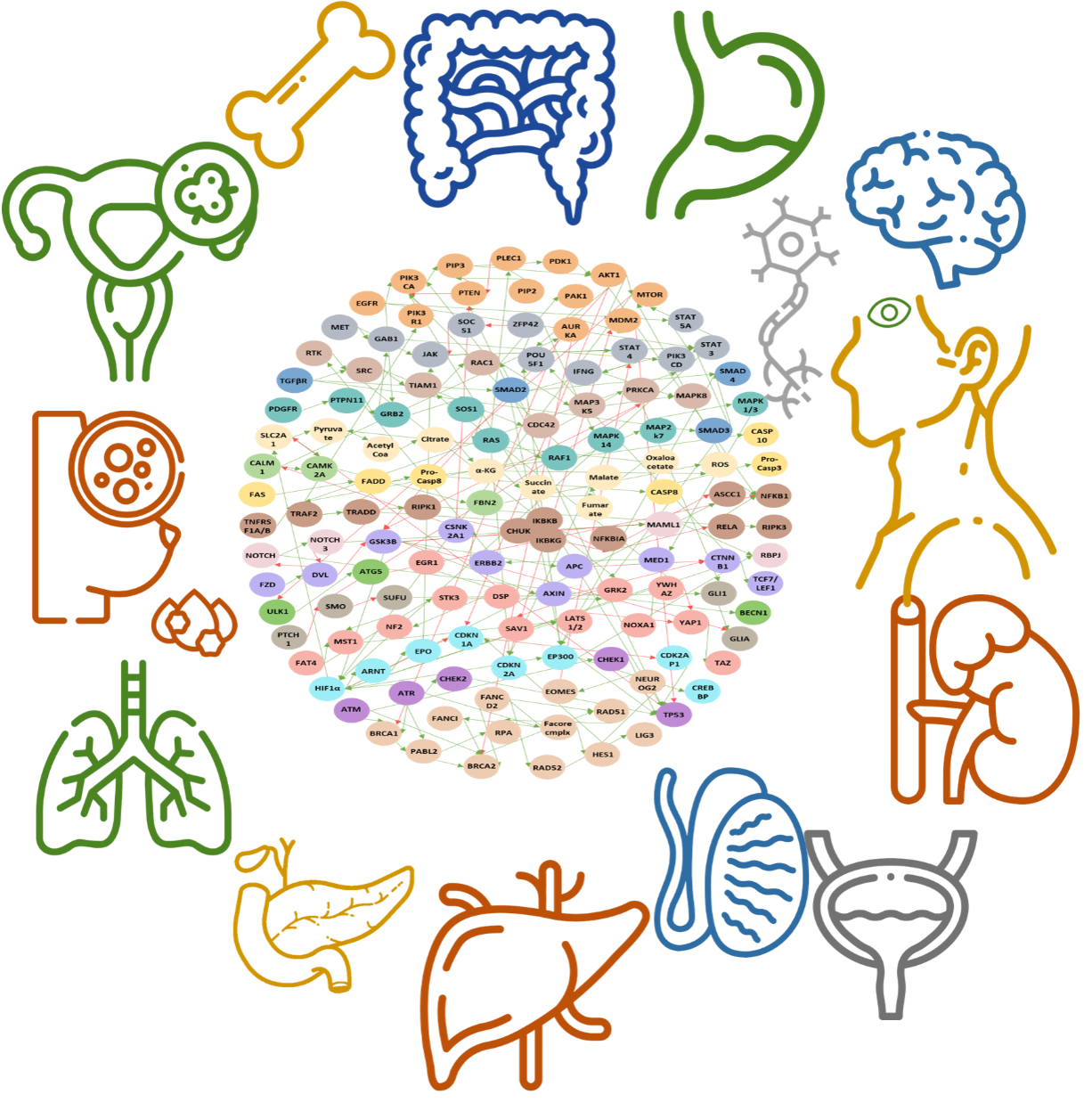
Publications
Atlantis - Attractor Landscape Analysis Toolbox for Cell Fate Discovery and Reprogramming
Scientific Reports - Nature

Navigating Multi-scale Cancer Systems Biology towards Model-driven Personalized Therapeutics
Frontiers in Oncology - Special Issue on "Combinatorial Approaches for Cancer Treatment"
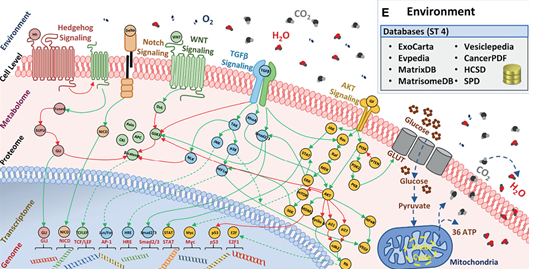
A Personalized Therapeutics Approach Using an In silico Drosophila Patient Model Reveals Optimal Chemo- and Targeted Therapy Combinations for Colorectal Cancer
Frontiers in Oncology - Special Issue on "Combinatorial Approaches for Cancer Treatment"

CanSeer: A Method for Development and Clinical Translation of Personalized Cancer Therapeutics
bioRxiv - the preprint server for Biology
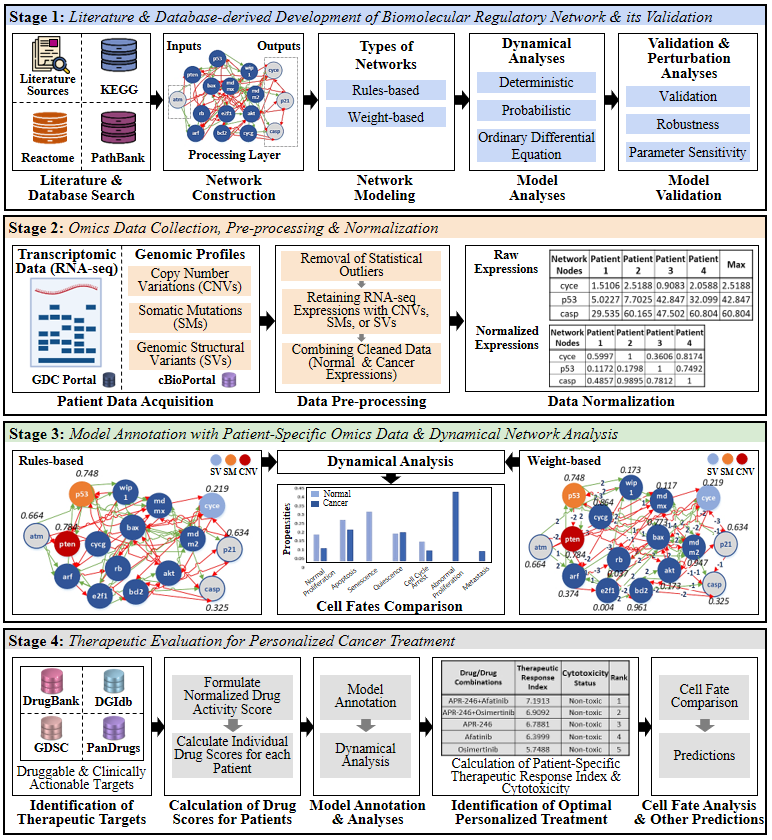
Meet the Team
Our talented and passionate team members who make everything possible.
Help & Resources
Tutorial 1
A walkthrough of breast cancer network construction.
Tutorial 2
A walkthrough of the prostate cancer network construction.
Tutorial 3
Network construction in AutoNetCan and visualization in Cytoscape.
Tutorial 4
Network construction in AutoNetCan with visualization and analysis in TISON.
Tutorial 5
Network visualization in Cosmograph.
Contact Us

Biomedical Informatics and Engineering Research Laboratory (BIRL), Department of Life Sciences, School of Science and Engineering, Lahore University of Management Sciences (LUMS), Lahore, Pakistan
Send us a Message
Fill out the form below and we'll get back to you as soon as possible.



